And so I returned to South Africa after a long flight via Dubai. I was nervous about getting home, as there was so much trouble in Europe and the middle East. I never thought I would think that the safest place to be was actually South Africa in its lonely corner far away. I had a good seat in the plane and could watch as the landscape changed from green square patches over Europe and the UK, then the dryness of the middle east, the absolute blue of the immense sea, the dryness and occasional patches of cultivation through Africa. you could see a transition into SA, where cultivation was more extensive and defined, but still dry, as it was the end of winter, and then coming into the Cape where everything is green again, extensive wild mountains with lush green patches of cultivation.
I couldnt help feeling like crying when Table mountain appeared through the clouds and we landed in Cape Town, and I realized how much I missed this beautiful land. After that I found myself relishing everything I had previously taken for granted and felt like a tourist in my own country, as if seeing things for the first time:
SO, HOW DO YOU KNOW YOU ARE IN SOUTH AFRICA?
Well first was that you dont have to deal with a machine for everything. Second people smile and are helpful. Third, there are many black faces, which are rather rare in Britain. So arriving at the airport the smiley BLACK faces with AFRICAN accents and a smattering of Afrikaans and that wonderful, South African accent. People could actually understand what I said first time I said it. The airport was clean and open and efficient, and not cluttered with shops and harassed people.
Familiar people
In Britain everyone was a stranger. Of course, the best was seeing my son again, and realizing how much I missed him. Then bumping into familiar people everywhere.
Then there were so many other things I discovered over the first weeks back:
One ply toilet paper. In England I could only get 2 and even 3-ply toilet paper, thats so smooth its like using plastic. One ply absorbs so much better. I never thought I would appreciate that. In the UK, you also go through a roll very quickly, and they all have methods of cutting corners, like making shorter rolls or wider inner cardboard or thicker rolls.
In England I could only get 2 and even 3-ply toilet paper, thats so smooth its like using plastic. One ply absorbs so much better. I never thought I would appreciate that. In the UK, you also go through a roll very quickly, and they all have methods of cutting corners, like making shorter rolls or wider inner cardboard or thicker rolls.
Large sachets of sugar in the coffee shops.  In the uk, they give you such tiny sachets, you need at least four in a cup. Here I only need one and a half and its more than sweet.
In the uk, they give you such tiny sachets, you need at least four in a cup. Here I only need one and a half and its more than sweet.
Coffee shops allow you to help yourself to condiments..as much as you like. In Britain you get charged for each sachet (R15 each!). and the price of coffee in a cafe. What a relief to pay from 15 to 20 rands rather than 40 to 50.
Blue skies are a normal occurrence rather than unusual,  and I headed for the first beach, where there is soft white sand rather than hard round pebbles or purple mud. And so is bare feet. I had bare feet only once the entire year in England.
and I headed for the first beach, where there is soft white sand rather than hard round pebbles or purple mud. And so is bare feet. I had bare feet only once the entire year in England.

BEACHES IN ENGLAND
Wide vistas, where you can see for miles
rather than just a hedge, which is mostly what you see when driving around in the UK. Where there are views, you are not allowed to stop..or you get charged a parking fee!
Pavements on BOTH sides of the road, and wide enough for 3 people not just one. I realized that South Africa is a generous country.
Parking that is FREE and available.
Wide, well engineered roads with furrows either side for rain run off and NO potholes. Yes, dont kid yourself, South African roads are much better than the UK, where rain constantly potholing the badly made roads that have very bad drainage, and then taking ages to fix them.
Money is not so heavy and we only have only 7 coin types that are light as opposed to 8 heavy coins in the UK,(including 1 and 2 pence that are worth F-all, and hardly ever used, but they insist on giving it.) My purse always weighed half a ton, and nobody wanted my change.
South African prices! Boy, was I glad to see those! when you are paying over R40 for a coffee or tea, R20 minimal for parking anywhere, even on the beach, R300 to enter any National Heritage site, R2000 for a small speeding fine going 3 mph over the very slow speed limit of 45kmph in a built up zone. The only cheap thing is cars at a third of the price in SA even taking into account the horrendous exchange rate
Despite there being many throwbacks from the colonial era, like the street names that hark to ye olde England,
most are quite reasonable rather than the weird names you find in England. Very occasionally you can rely on something odd.
It was really great to have someone put in petrol for me instead of doing it myself. 
And here you DONT PAY FOR AIR AND WATER. (R10 for 5 minutes or air or water in the UK, which you have to put in yourself! to me this is criminal!). Okay you do give tips in SA, but to have a friendly face doing it all for you its worth the tip which is much less. R10 (50p) tip is seen as a HUGE tip.
In the UK, you dont have to worry about your car being broken into, but it is true here too, as we have car guards. they also expect a tip but its nothing like the parking fees you pay in the UK. (more like 25p is generous for a whole morning)

Rain shelters over shops. In the UK, the shops do not have rain shelters over the pavements despite the fact that it rains constantly. In SA we dont use umbrellas because we know that it is easy to skip from shelter to shelter and whole streets are sheltered. This is something that is so generous that we take for granted.
SA is also a very generous country when you go touring. Besides all the wonderful views, there are always special turn off places at the best views and road verges and MANY designated FREE picnic sites.
Real Mountains. Everywhere.
Empty spaces for miles
Real wild animals, not just squirrels and bunnies.
Cows grazing alongside the roads. This was only true in one site in Britain,on Minchinhampton common.
Sunsets. In the UK, the sky is generally covered with cloud.
Night sounds. There are no sounds of frogs and crickets or night jars , or anything other than cars unless you live near the sea..and even then, you are never sure that it isnt the cars you are hearing.
Night skies:
To actually see stars in the UK is unusual. Although they often announce celestial events, on TV or radio, you never see them because the skies are always clouded or too many lights. Capetown has a lot of light scattering, but even then, you can see the stars because there are no clouds.
Good Libraries with actual books.
Libraries in the UK are terrible. They have very few books, the choice focuses around British writers..usually romance or thrillers. There are NO interesting non fiction books to expand your mind (only history books about Britain..nothing too controversial) and its all self service. Books taken out with a machine, books handed in with a machine, and only one librarian for the entire library (and a few volunteers) In SA its hard to choose a book because there is choice, friendly librarians to help you locate a book, which, if they dont have it, will find it for you. Also videos for free. (In the Uk you pay R20 to loan a video or music..and not much choice.)
National Art gallery and museums do charge you in SA, but the fee is reasonable. R30=1.50 pounds) In the UK, some of the art galleries and museums are free, but despite what they say, most are not, and they charge you at least R180 (9 pounds)to R300(15 pounds)! Even if you take the highly inflated exchange rate out of the picture, you are usually paying the equivalent of R100-150. They do say that it is valid for a year, but who is going to come back inside a year? South African Art is also very exciting.
Route markers tell you which direction you are going. This one tells you it is going SOUTH. I cant tell you how often I got lost in the UK.I had no sun to work it out as it was cloudy and no mountains or landmarks..just hedges hedges hedges. Route markers just told you which route you were on, and if you didnt know the town you were going to (there are so many funny names) you could easily be heading to Landsend when you should be going to Norfolk. I kept having to back track.
I cant tell you how often I got lost in the UK.I had no sun to work it out as it was cloudy and no mountains or landmarks..just hedges hedges hedges. Route markers just told you which route you were on, and if you didnt know the town you were going to (there are so many funny names) you could easily be heading to Landsend when you should be going to Norfolk. I kept having to back track.
The speed limit in built up areas in England is 30mph (48kmph) and you darent go above it. so everyone creeps through the towns, thats why it takes so long to get anywhere. Distances are measured in time not miles. In SA it is 60kmph (37.5 mph) a little more reasonable. Top speed in England is 70mph (112mph).
Roads are STRAIGHT.
The only straight roads in England are the roman roads and the motorwys and there are only a few of those. Further confusion arises at circles that are everywhere and can lead you in a totally different direction to your map even if you follow the signs. Heaven forbid if you are not, you may end up on a highway. These have very few exits, so you could be going for man miles before you can turn around. In SA if you head one direction, it rarely changes..this could be boring, but it makes for easy driving where you can relax rather than be on tenterhooks looking for the next exit, or back tracking when you discover you are not in the town you thought you were. All towns in England are pretty, but also all look the same, so if it wasnt for the signs, you wouldnt know where you are.
Cars older than 15 years and not in peak condition are seen everywhere on the roads.
Dogs run free and are not muzzled.
Toilets have a mechanical flush that actually needs you to touch the handle and energy to use.
Spring has sprung with the first South African wild flowers.
People talk loudly and shout across streets. People laugh with a belly laugh. People talk straight so you know where you stand. They actually want to know how you are when they say “how are you?” They rarely use the word “nice”. They hoot at everything. They say sorry if you get hurt even if they have nothing to do with it. Ubuntu is not just a trade name on a can of cola..it is a living everyday reality.
Viva South Africa, Viva. I am so glad to be back.

 There is an amazing vibe at the taxi and bus terminus, and I deliberately drive through just for a bit of it even though I risk my life getting around the thousands of taxis. the photo above is of the taxi rank area. There is loud music with a real African vibe and lots of market stalls selling everything from muti to plastic.
There is an amazing vibe at the taxi and bus terminus, and I deliberately drive through just for a bit of it even though I risk my life getting around the thousands of taxis. the photo above is of the taxi rank area. There is loud music with a real African vibe and lots of market stalls selling everything from muti to plastic. 




























 The décor was artistic
The décor was artistic








 A faux banksy on a hotel wall.
A faux banksy on a hotel wall.




 wash off all the sweat in the shower and sleep..with earplugs as my landlord was having a new years get together. I was rudely woken at midnight by VERY LOUD bangs from next door. Nobody here seems to follow the firecracker rules as crackers were going of everywhere as in England. But I had arrived in one piece..more or less.
wash off all the sweat in the shower and sleep..with earplugs as my landlord was having a new years get together. I was rudely woken at midnight by VERY LOUD bangs from next door. Nobody here seems to follow the firecracker rules as crackers were going of everywhere as in England. But I had arrived in one piece..more or less.


 For the rest, the beaches were empty and lovely to walk on.
For the rest, the beaches were empty and lovely to walk on. Relics of apartheid delineate areas into poor black, poor Indian and affluent, which could be Indian, Black or White. Its good to see the ratios change a bit on the beaches. Durban is a busy city with a lot of Industrial spaces. This makes travelling around difficult as you have to contend with railways, Industrial areas, the Harbour, rivers and peninsulas, with low cost housing thrown in here and there and occasional informal settlements. The heat adds to the constant hooting from taxis particularly , who announce their presence ALL THE TIME, enormous trucks and others who hoot at you every second you take to move from a robot. The roads are also not well marked, the streets have unfamiliar new names sometimes together with the old names, as Durban tries to Africanise the very colonial streets of Durban. I can understand that, as Durban was like mini England even with a Victoria Embankment, George V road etc..
Relics of apartheid delineate areas into poor black, poor Indian and affluent, which could be Indian, Black or White. Its good to see the ratios change a bit on the beaches. Durban is a busy city with a lot of Industrial spaces. This makes travelling around difficult as you have to contend with railways, Industrial areas, the Harbour, rivers and peninsulas, with low cost housing thrown in here and there and occasional informal settlements. The heat adds to the constant hooting from taxis particularly , who announce their presence ALL THE TIME, enormous trucks and others who hoot at you every second you take to move from a robot. The roads are also not well marked, the streets have unfamiliar new names sometimes together with the old names, as Durban tries to Africanise the very colonial streets of Durban. I can understand that, as Durban was like mini England even with a Victoria Embankment, George V road etc..
 and cable car.
and cable car.  the sea was heaving with swimmers,
the sea was heaving with swimmers, 




 Well the weather decided differently. After a wonderful day, a storm came up and almost blew my tent away. So I had to get up in the middle of the night to lift some heavy rocks to anchor it. After that I had a decent-ish night.
Well the weather decided differently. After a wonderful day, a storm came up and almost blew my tent away. So I had to get up in the middle of the night to lift some heavy rocks to anchor it. After that I had a decent-ish night.







 When I googled it, I found that there are 4 colour phases of Springbok. The white was not albino, and you could get black and copper colour,. (The website gave me the grillies, though because of how they wrote about them. (It was a hunting website)..as trophies to collect. “
When I googled it, I found that there are 4 colour phases of Springbok. The white was not albino, and you could get black and copper colour,. (The website gave me the grillies, though because of how they wrote about them. (It was a hunting website)..as trophies to collect. “






 I did consider flying, but not only would I have spewed huge amounts of pollution into the air (apparently 6 to 47 times as much as by car per person! Especially short flights, as the runway fuel is the most damaging.
I did consider flying, but not only would I have spewed huge amounts of pollution into the air (apparently 6 to 47 times as much as by car per person! Especially short flights, as the runway fuel is the most damaging. 


































 In England I could only get 2 and even 3-ply toilet paper, thats so smooth its like using plastic. One ply absorbs so much better. I never thought I would appreciate that. In the UK, you also go through a roll very quickly, and they all have methods of cutting corners, like making shorter rolls or wider inner cardboard or thicker rolls.
In England I could only get 2 and even 3-ply toilet paper, thats so smooth its like using plastic. One ply absorbs so much better. I never thought I would appreciate that. In the UK, you also go through a roll very quickly, and they all have methods of cutting corners, like making shorter rolls or wider inner cardboard or thicker rolls. In the uk, they give you such tiny sachets, you need at least four in a cup. Here I only need one and a half and its more than sweet.
In the uk, they give you such tiny sachets, you need at least four in a cup. Here I only need one and a half and its more than sweet.
 and I headed for the first beach, where there is soft white sand rather than hard round pebbles or purple mud. And so is bare feet. I had bare feet only once the entire year in England.
and I headed for the first beach, where there is soft white sand rather than hard round pebbles or purple mud. And so is bare feet. I had bare feet only once the entire year in England.































 I cant tell you how often I got lost in the UK.I had no sun to work it out as it was cloudy and no mountains or landmarks..just hedges hedges hedges. Route markers just told you which route you were on, and if you didnt know the town you were going to (there are so many funny names) you could easily be heading to Landsend when you should be going to Norfolk. I kept having to back track.
I cant tell you how often I got lost in the UK.I had no sun to work it out as it was cloudy and no mountains or landmarks..just hedges hedges hedges. Route markers just told you which route you were on, and if you didnt know the town you were going to (there are so many funny names) you could easily be heading to Landsend when you should be going to Norfolk. I kept having to back track.










































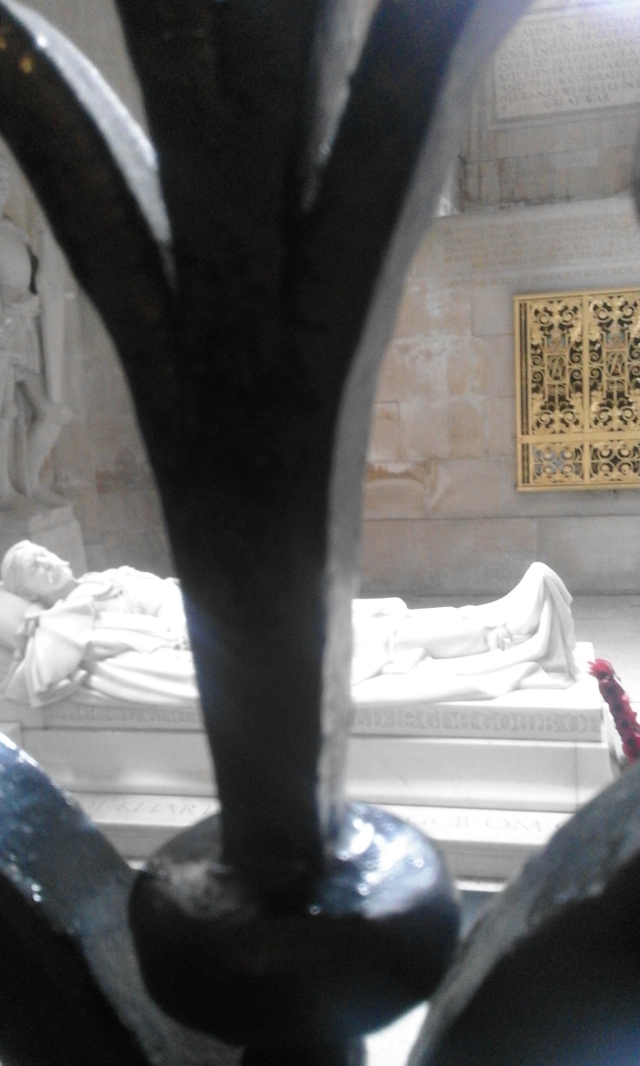 .
.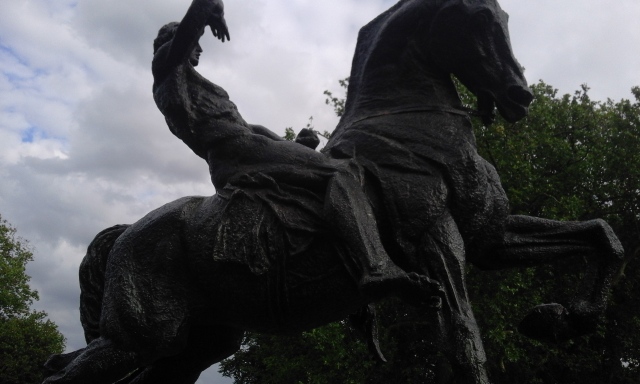 Three of these sculptures were created and one is at the Rhodes memorial in Cape Town! The artist: George Frederic Watts. It was dedicated to Cecil John Rhodes, but the plaque does not mention him at all.
Three of these sculptures were created and one is at the Rhodes memorial in Cape Town! The artist: George Frederic Watts. It was dedicated to Cecil John Rhodes, but the plaque does not mention him at all.






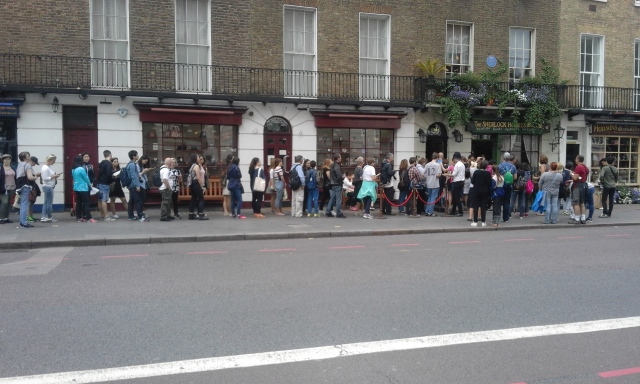 then we went to Regents park, where we were serenaded by the open air theatre that was staging Jesus Christ Superstar, and sounded magnificent although we could only hear it. Other typical scenes were bobbies on the beat that still wear those Mr Plod hats, women doing a race for cancer awareness and many street performers..mostly levitators.
then we went to Regents park, where we were serenaded by the open air theatre that was staging Jesus Christ Superstar, and sounded magnificent although we could only hear it. Other typical scenes were bobbies on the beat that still wear those Mr Plod hats, women doing a race for cancer awareness and many street performers..mostly levitators.








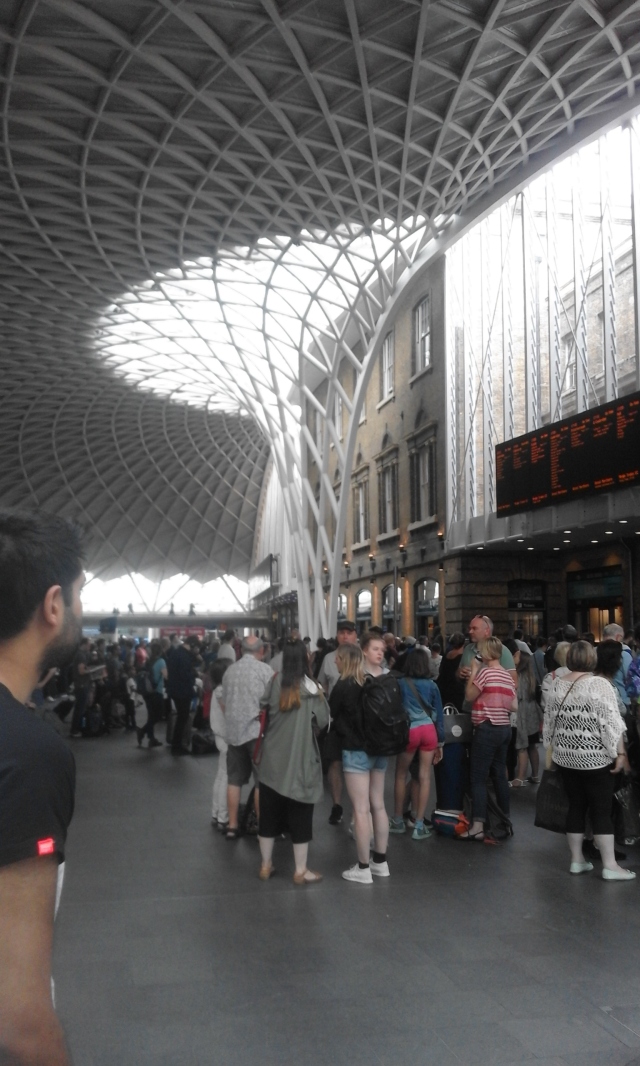 The Eurostar to Paris leaves from here and so does the Hogwarts express, where I saw platform 9 and 3 quarters..with everyone in line trying to get a photograph next to a baggage trolley.
The Eurostar to Paris leaves from here and so does the Hogwarts express, where I saw platform 9 and 3 quarters..with everyone in line trying to get a photograph next to a baggage trolley.





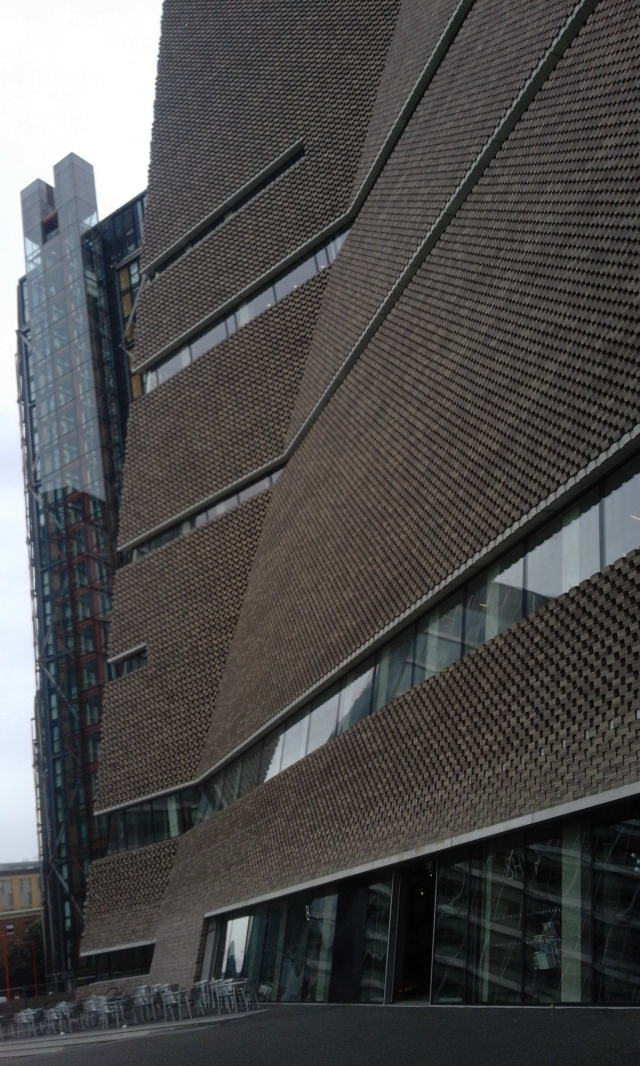 By this time, my feet LITERALLY were blistered from walking, so I took the tube. First to Big ben and watched the hundreds of ways people were photographing it in all kinds of ways.
By this time, my feet LITERALLY were blistered from walking, so I took the tube. First to Big ben and watched the hundreds of ways people were photographing it in all kinds of ways.






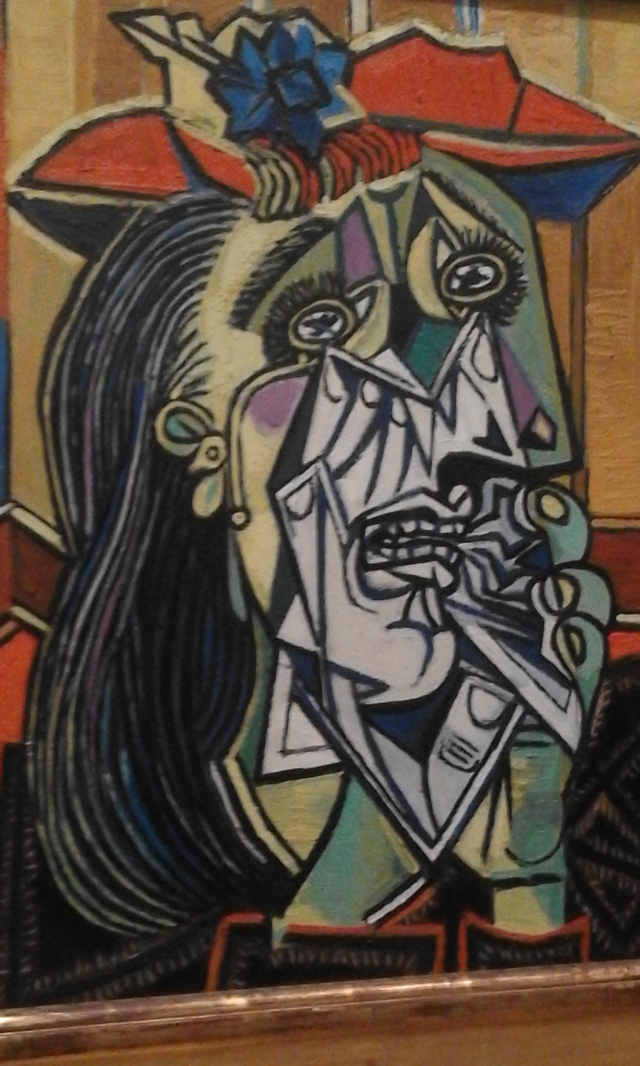 I ventured into the new wing that had HUGE spaces for HUGE art pieces.
I ventured into the new wing that had HUGE spaces for HUGE art pieces.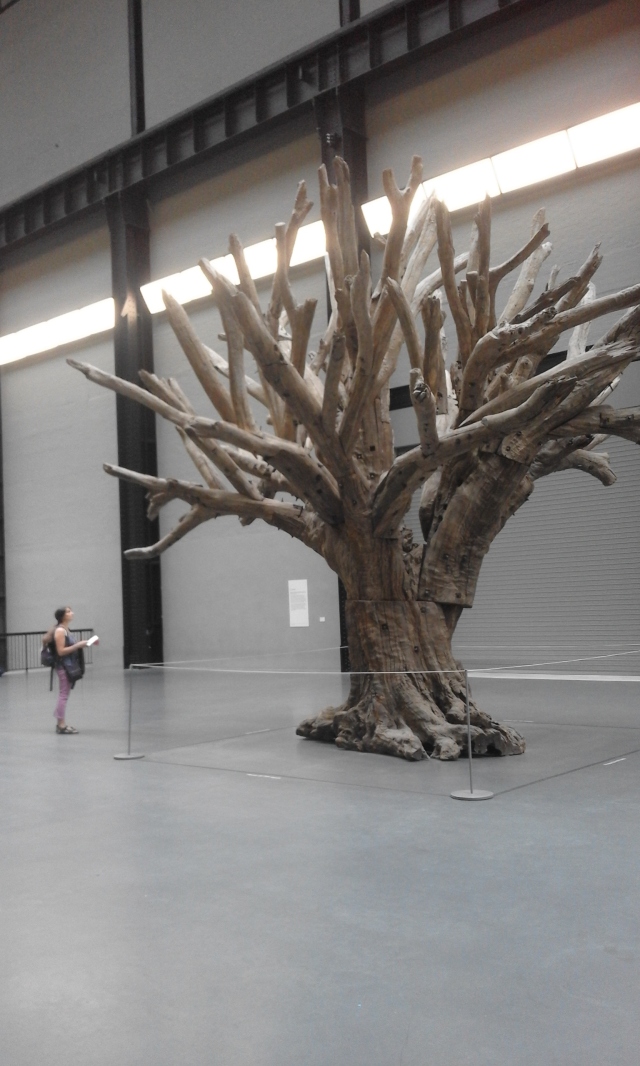 The installations were so odd: this was a mirrored installation, used as an excuse for a selfie
The installations were so odd: this was a mirrored installation, used as an excuse for a selfie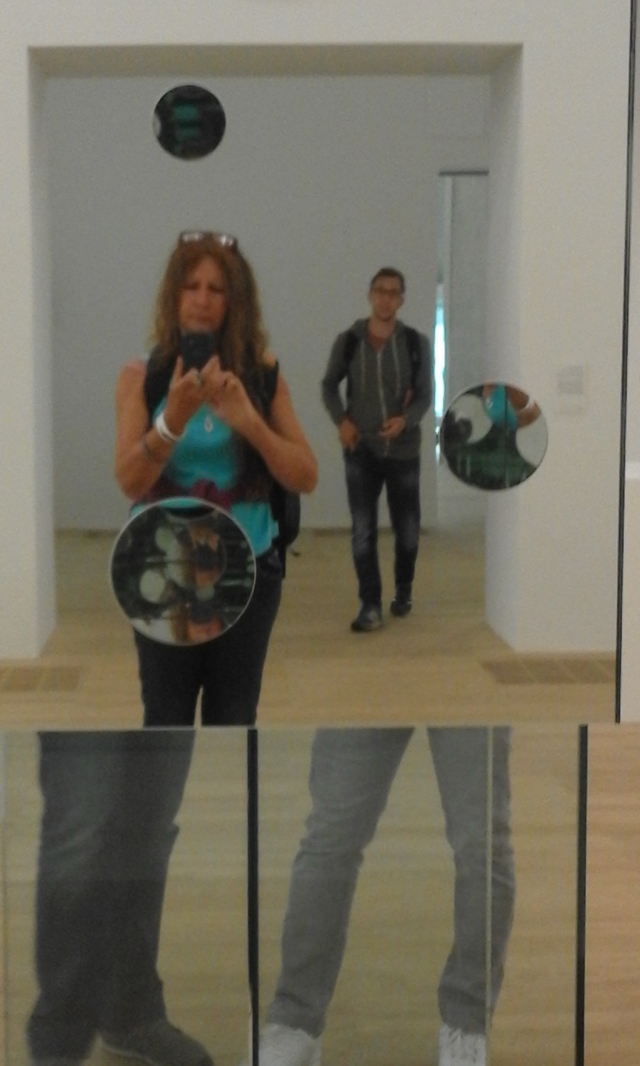 …that I found I had mistaken an office for an installation.
…that I found I had mistaken an office for an installation. 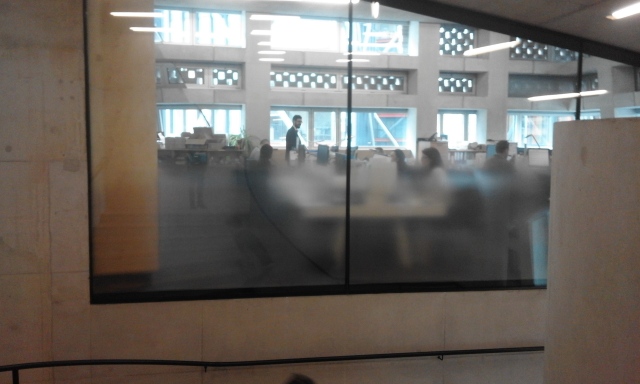 I found an interesting African artist making a comment on colonialism using a colonial desk, gold bullion and money.
I found an interesting African artist making a comment on colonialism using a colonial desk, gold bullion and money. 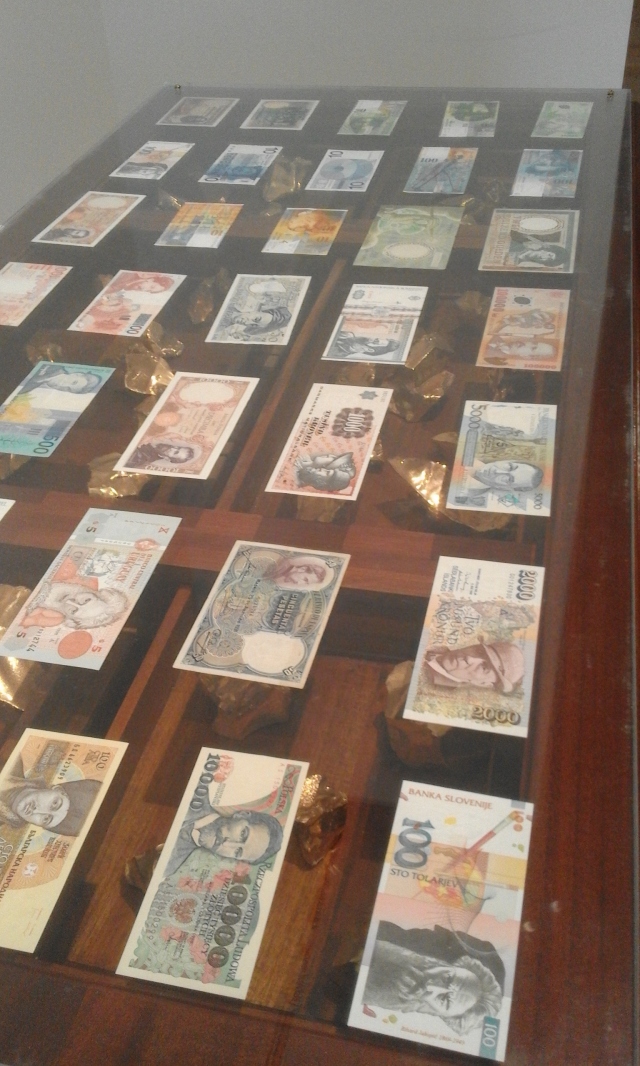 Active installations like the one of Marina Abramovic, who lets herself be abused by the pubic by displaying a host of items on a table that can be put on her, then videoing the results;
Active installations like the one of Marina Abramovic, who lets herself be abused by the pubic by displaying a host of items on a table that can be put on her, then videoing the results; and another woman artist from Bangladore, who uses human hair to knit these great spider webs.
and another woman artist from Bangladore, who uses human hair to knit these great spider webs. 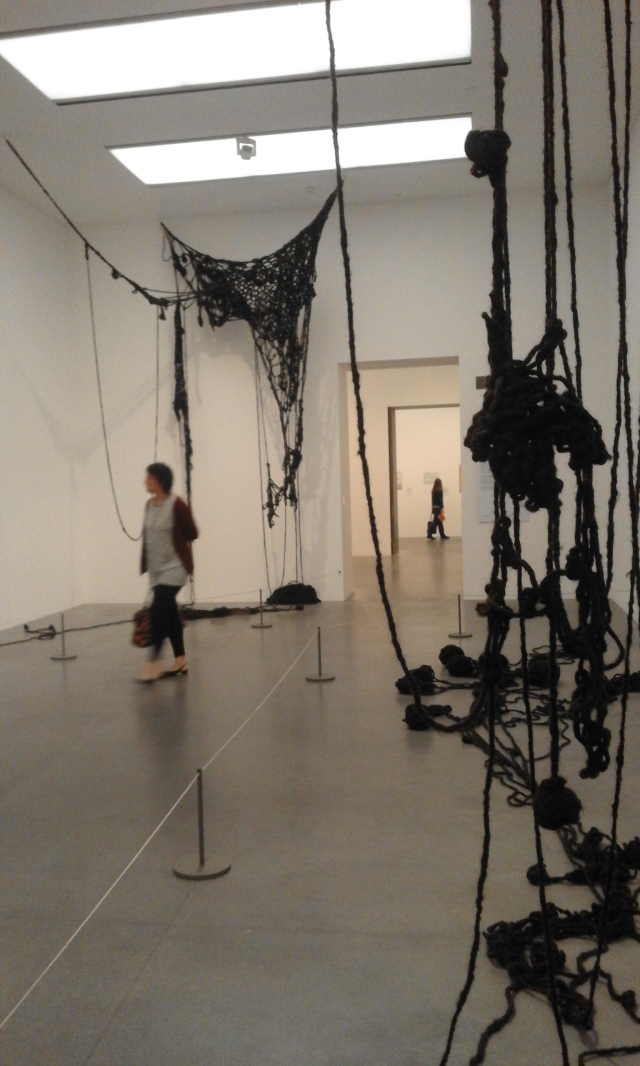 However, the installation that electrified the audiences who could not stop photographing was that of Jane Alexander, a South African artist who used a the red kalahari soil and created a surreal 3 dimensional landscape that stopped you in your tracks, with Chandeliers dripping from the ceiling, a commentary in the appropriate place on colonialism.
However, the installation that electrified the audiences who could not stop photographing was that of Jane Alexander, a South African artist who used a the red kalahari soil and created a surreal 3 dimensional landscape that stopped you in your tracks, with Chandeliers dripping from the ceiling, a commentary in the appropriate place on colonialism.



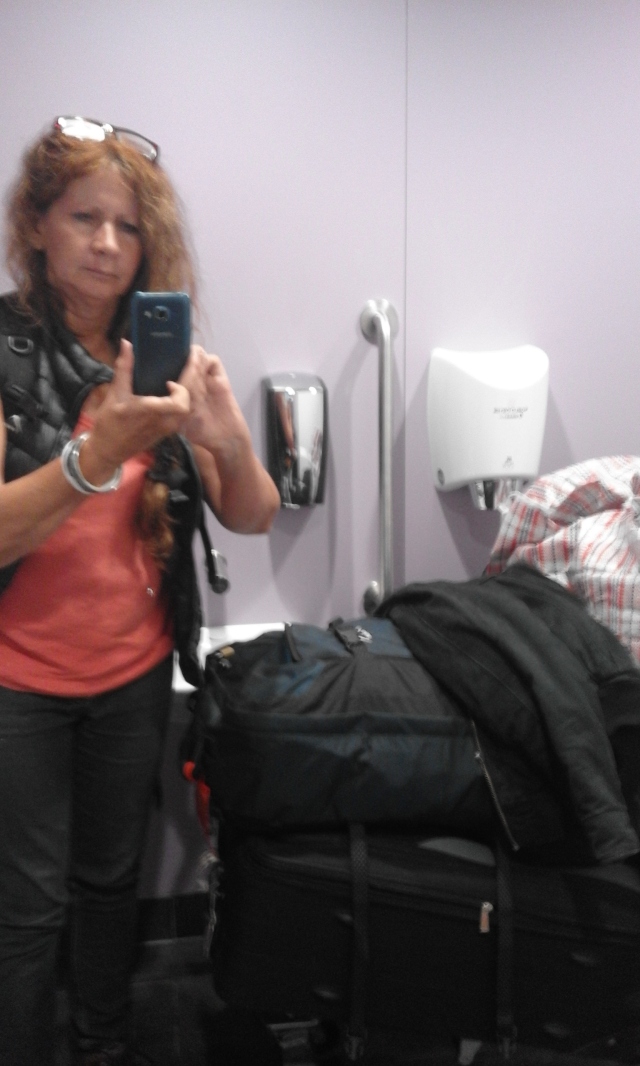
























































 I saw only about 5 in the year I was in Britain. (South African beggars usually are black, trying to sell or make something or looking for work, very rarely just sitting with a hat. here are many in one day. We have a few white beggars too, but they are always alcoholics or drug addicts) I also found one bag lady in the year I was there. But I wasnt certain, as she looked quite posh.
I saw only about 5 in the year I was in Britain. (South African beggars usually are black, trying to sell or make something or looking for work, very rarely just sitting with a hat. here are many in one day. We have a few white beggars too, but they are always alcoholics or drug addicts) I also found one bag lady in the year I was there. But I wasnt certain, as she looked quite posh.





 on a damaged building full of graffiti.
on a damaged building full of graffiti. Lots of other graffiti:
Lots of other graffiti:












































